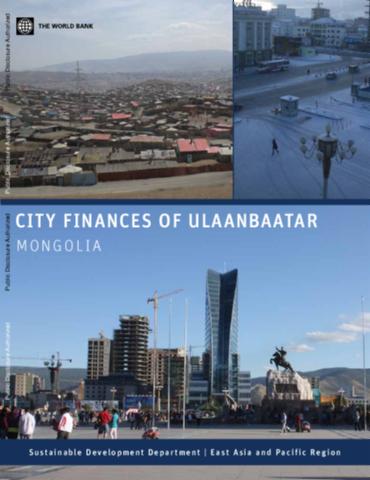hierarchical patch mosaic ecosystem model for urban landscapes: Model development and evaluation
Urbanization effects on ecosystem functions are both important and complex, characterized by scale multiplicity, spatial heterogeneity, and intensive human disturbances. Integrating the hierarchical structure of urban landscape pattern with ecosystem processes through simulation modeling can facilitate our understanding of human–environment interactions in urban environment.




